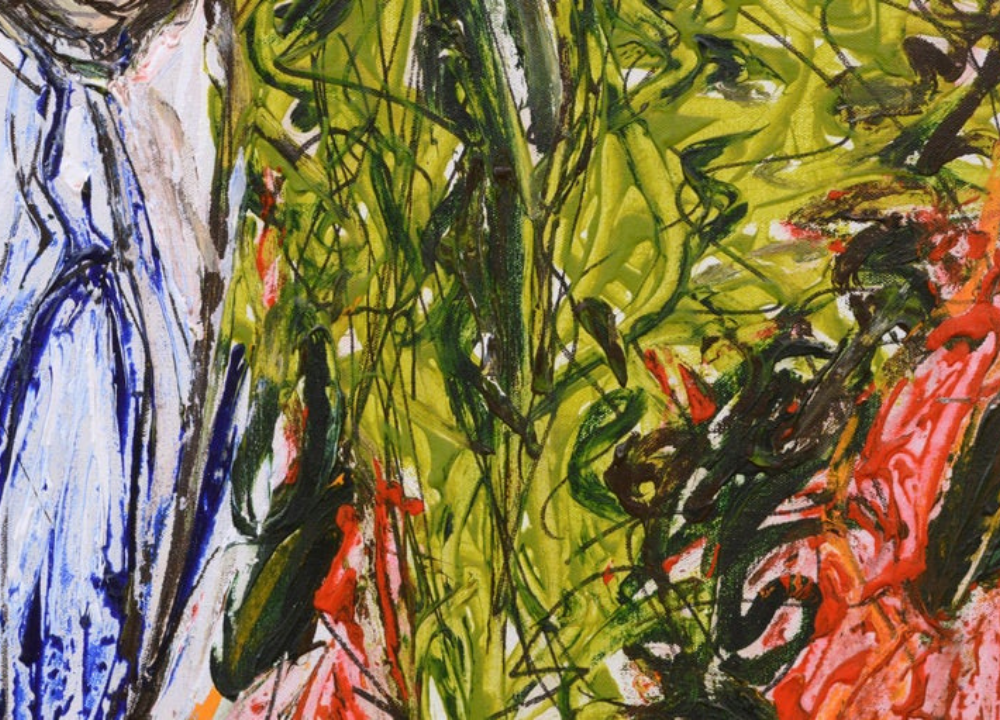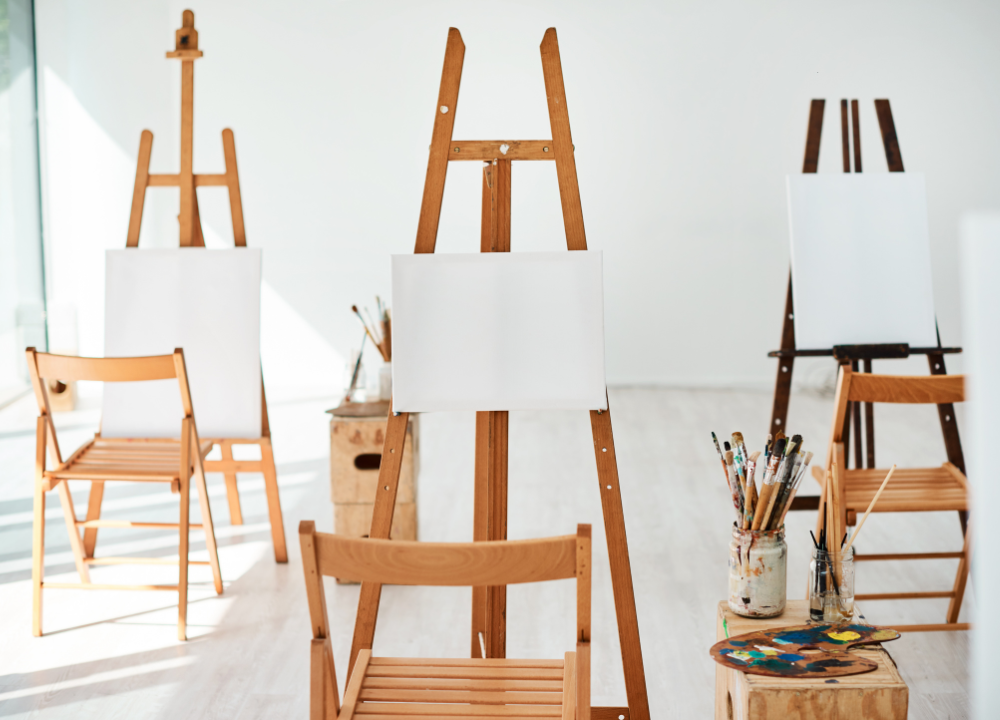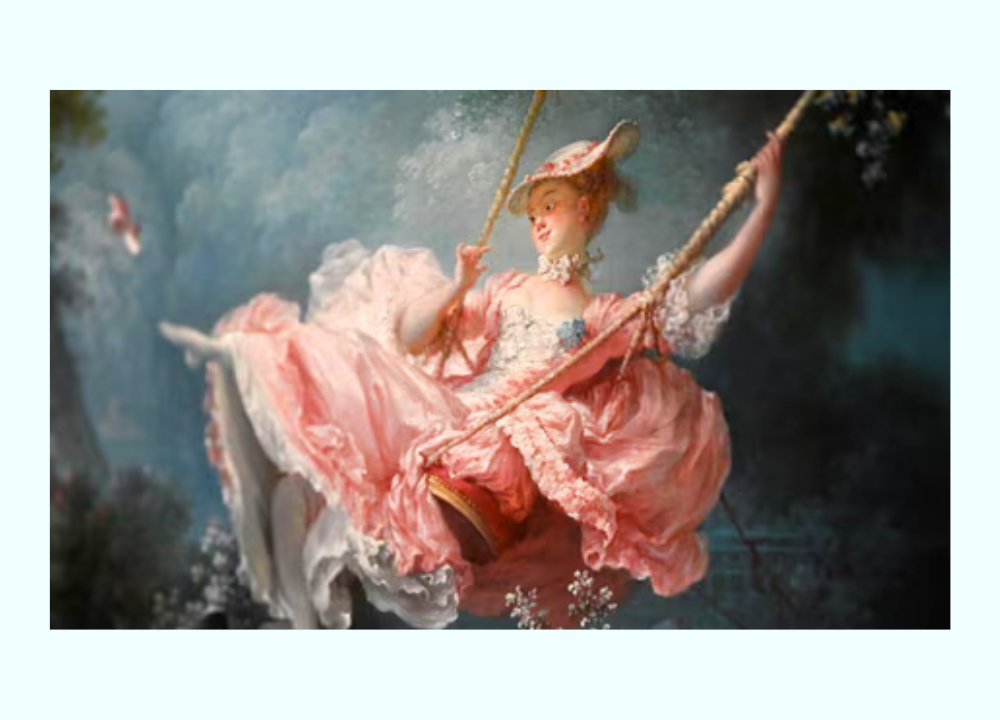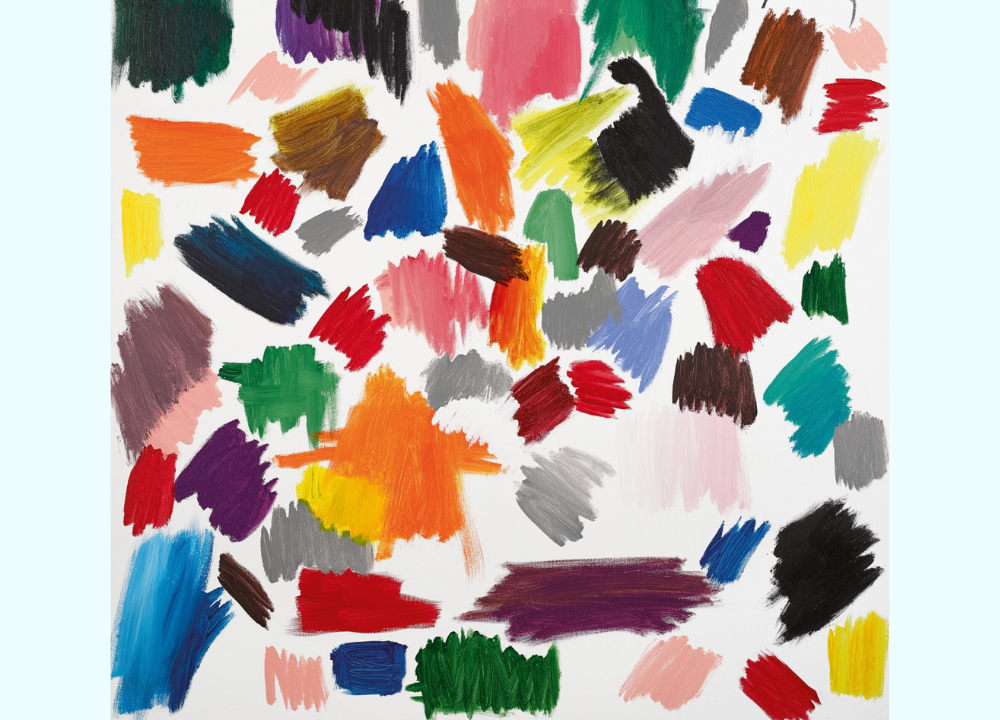Have you ever wondered what goes on behind the scenes of a masterpiece? Imagine standing in front of a world-renowned painting or sculpture and feeling its power resonate with you.
How did the artist create something so captivating? What was the spark of inspiration that led to its creation? You’ll dive into the fascinating stories of famous artists and learn the secrets behind their iconic works. Discover the techniques, struggles, and triumphs that shaped their masterpieces.
The Creative Process
The creative process is the journey from inspiration to finished work. Every artist has a different method, and understanding these can offer insight into their genius.
The Importance Of Inspiration
Inspiration is the spark that ignites creativity. Artists draw ideas from nature, emotions, or everyday life. Van Gogh was inspired by the beauty of the countryside. Picasso found ideas in the chaos of modern life. Inspiration fills their minds with fresh concepts.
Sketching Ideas
Sketching is where ideas take shape. Artists often start with rough sketches. These sketches help them explore different angles and perspectives. Da Vinci’s notebooks are full of sketches, showing his thought process. Sketching allows artists to visualize their ideas.
Choosing Materials
Materials are crucial to the creative process. The choice of paint, canvas, or clay affects the final piece. Van Gogh used thick brush strokes and vibrant colors. Picasso experimented with mixed media. Materials help artists express their vision.
Inspiration Sources
Creating a masterpiece is a blend of skill, emotion, and unique inspiration. Famous artists find inspiration in diverse sources, shaping their creative visions and producing remarkable works.
Nature And Environment
Many artists draw inspiration from nature. The beauty and complexity of landscapes offer endless creative possibilities. For instance, Claude Monet was captivated by water lilies, painting them in various seasons and times of day. The serenity and colors of nature fueled his impressionist style.
Personal Experiences
Artists often infuse personal experiences into their works. Vincent van Gogh’s turbulent life deeply influenced his art. His struggles and emotional turmoil are evident in the bold strokes and vivid colors of his paintings. Every brushstroke tells a story of his inner world.
Historical Events
Historical events serve as powerful inspirations. Pablo Picasso’s “Guernica” is a response to the bombing of Guernica during the Spanish Civil War. The anguish and chaos depicted reflect the horrors of war and human suffering, making it a timeless piece.
Techniques And Mediums
Their unique techniques and choice of mediums played a crucial role in their creative processes. Understanding these elements offers a glimpse into their artistic genius.
Techniques
Artists have employed diverse techniques to convey emotions and ideas in their work. From meticulous brushstrokes to spontaneous splashes of color, each approach defines the artist’s style and vision.
- Impressionism: This technique involves loose brushwork and a focus on light and its changing qualities. Artists like Claude Monet used this to capture fleeting moments.
- Pointillism: Georges Seurat pioneered this technique, using tiny dots of color to create images. The viewer’s eye blends these dots, forming a cohesive picture.
- Surrealism: Salvador Dalí utilized dream-like imagery and bizarre scenes, challenging the boundaries of reality and perception.
Mediums
The choice of medium can significantly impact the texture, depth, and mood of a piece. Artists select mediums based on their desired effect and the nature of their subject matter.
| Medium | Description | Example Artist |
|---|---|---|
| Oil Paint | Offers rich colors and versatility. Allows for detailed blending and layering. | Vincent van Gogh |
| Watercolor | Produces a translucent and fluid appearance. Ideal for capturing light and atmosphere. | J.M.W. Turner |
| Acrylic | Dries quickly and can mimic oil or watercolor effects. Known for its durability. | David Hockney |
Innovative Combinations
Some artists blend techniques and mediums to achieve novel effects. These combinations often lead to groundbreaking work that challenges conventions.
- Mixed Media: Artists incorporate various materials, like fabric, metal, and paint, to create textured and dynamic pieces.
- Collage: This technique involves assembling different elements, such as paper and photographs, into a cohesive image.
- Assemblage: Similar to collage but in three dimensions, using found objects to create sculptural art.

Iconic Art Movements
Art has the power to change the way we see the world. Famous artists have left their mark through iconic art movements. Each movement brings unique styles and techniques. These periods in art history shaped their masterpieces.
Renaissance
The Renaissance was a time of rebirth in art. It began in the 14th century in Italy. This movement focused on humanism, perspective, and realism. Artists aimed to create lifelike images. They studied anatomy to improve their skills.
Key features of the Renaissance:
- Use of perspective to create depth
- Realistic human figures
- Religious and mythological themes
Famous artists like Leonardo da Vinci and Michelangelo emerged during this time. Leonardo’s “Mona Lisa” is known for its mysterious smile. Michelangelo’s “David” showcases incredible detail and emotion.
Impressionism
The Impressionism movement began in the late 19th century in France. Artists aimed to capture light and its changing qualities. They painted outdoors, which was different from studio work.
Characteristics of Impressionism:
- Short, thick brushstrokes
- Focus on light and color
- Everyday subjects and scenes
Claude Monet is a key figure in this movement. His painting “Impression, Sunrise” gave the movement its name. Monet’s works often feature gardens and water lilies.
List of Prominent Impressionist Artists:
- Claude Monet
- Edgar Degas
- Pierre-Auguste Renoir
Modernism
Modernism broke away from traditional forms and styles. This movement began in the late 19th and early 20th centuries. Artists wanted to express new ideas and perspectives.
Modernism traits include:
- Abstract forms
- Experimental techniques
- Focus on individual expression
Pablo Picasso and Wassily Kandinsky are notable modernist artists. Picasso’s “Les Demoiselles d’Avignon” challenged traditional art. Kandinsky’s abstract works focused on color and form.
Famous Artists And Their Works
Throughout history, famous artists have left an indelible mark on the world with their masterpieces. Each artist brought unique styles and techniques, creating works that continue to captivate audiences.
Leonardo Da Vinci
Leonardo da Vinci, a true Renaissance man, is best known for his paintings that blend science and art. His masterpiece, Mona Lisa, displays his mastery of the sfumato technique, creating soft transitions between colors. Da Vinci’s keen interest in anatomy is evident in The Last Supper, where he meticulously captures human expressions and gestures. His notebooks reveal sketches and ideas that were ahead of his time.
- Mona Lisa – An enigmatic smile and lifelike detail.
- The Last Supper – Perfect use of perspective and composition.
Leonardo’s work reflects his diverse interests, from engineeringto botany. His paintings are not just art but a blend of science, imagination, and observation.
Vincent Van Gogh
Vincent van Gogh is celebrated for his expressive use of color and bold brushwork. His painting, Starry Night, captures swirling skies over a tranquil village. Van Gogh’s emotional depth is evident in The Bedroom, where colors reflect his mental state. Despite his struggles, Van Gogh produced more than 2,000 works, driven by passion.
- Starry Night – Vibrant colors and dynamic movement.
- The Bedroom – Use of color to express feelings.
Van Gogh’s intense connection with nature and his personal experiences come alive in each stroke. His art is a testament to his emotional journey.
Pablo Picasso
Pablo Picasso, a pioneer of Cubism, transformed modern art with his innovative approach. His painting, Les Demoiselles d’Avignon, challenges traditional perspectives with fragmented forms. Guernica, a response to the horrors of war, uses monochrome to convey powerful messages. Picasso constantly evolved, exploring different styles and subjects.
- Les Demoiselles d’Avignon – Breaking conventions with geometric shapes.
- Guernica – Stark depiction of suffering and chaos.
Picasso’s creativity knew no bounds. His works reflect a relentless pursuit of innovation, making him a central figure in art history.
Frida Kahlo
Frida Kahlo’s art is deeply personal, reflecting her life experiences and emotions. Her self-portraits, like The Two Fridas, explore identity and duality. Kahlo’s Broken Column visualizes her physical and emotional pain. Her vivid, symbolic imagery makes each work a narrative of resilience.
- The Two Fridas – Symbolizes personal conflict.
- Broken Column – Represents vulnerability and strength.
Kahlo’s paintings are not just artistic expressions; they are autobiographical journeys. Her unique style and themes resonate universally, making her an icon of self-expression.




